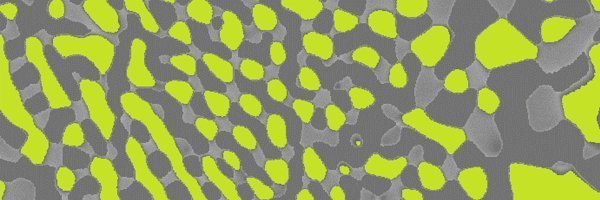The thorough, mechanism-based, quantitative understanding of dislocation-grain boundary interactions is a central aim of the Nano- and Micromechanics group of the MPIE [1-8]. For this purpose, we isolate a single defined grain boundary in micron-sized sample. Subsequently, we measure and compare the uniaxial compression properties with respect to…


